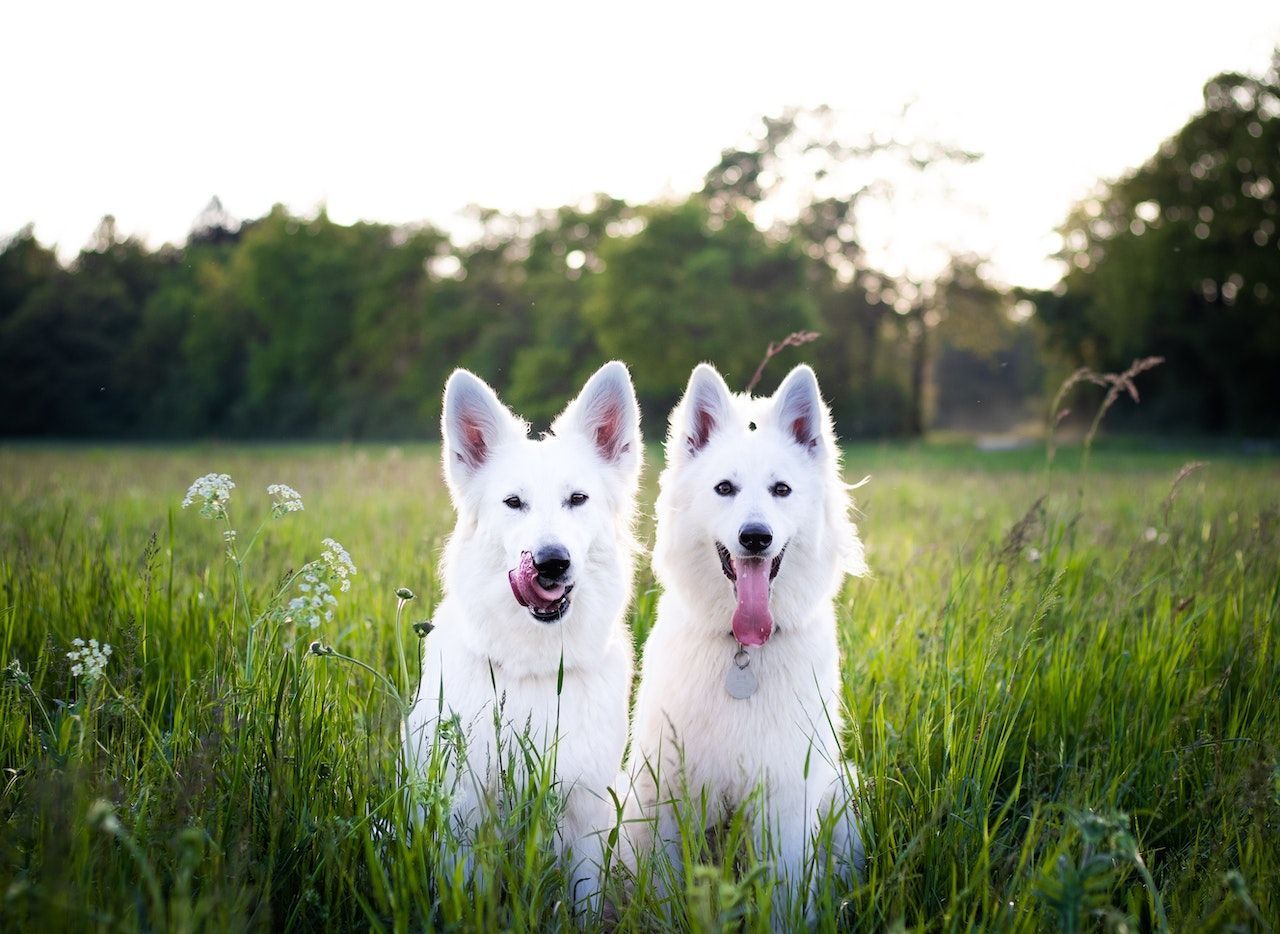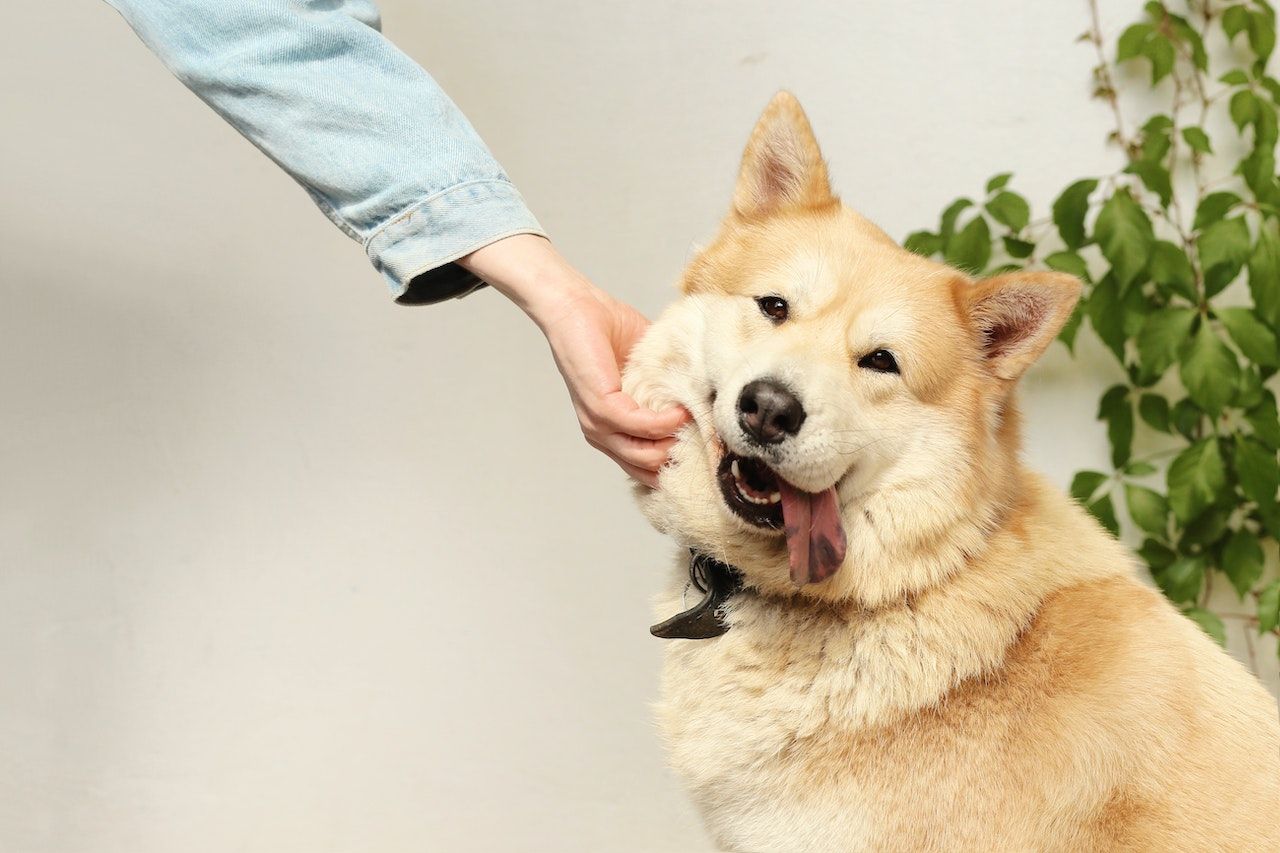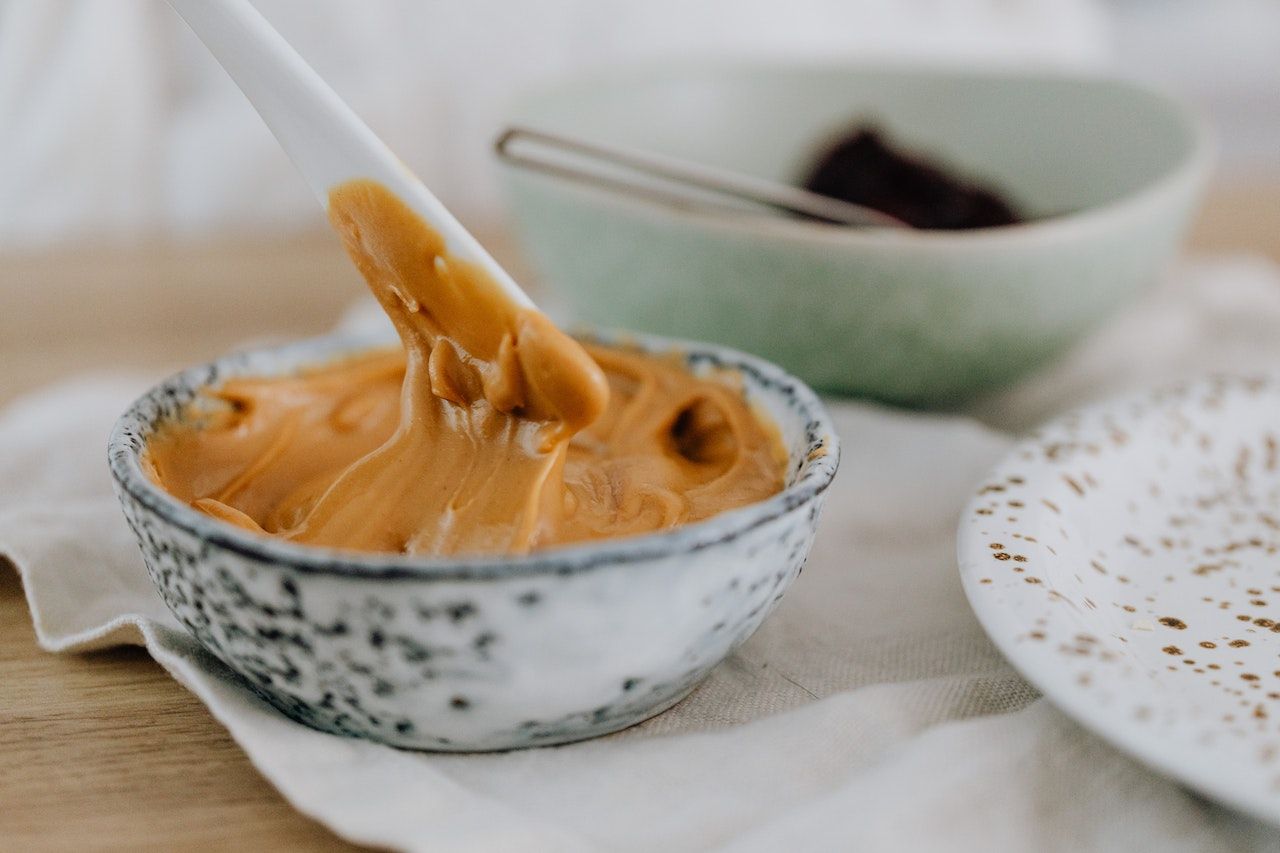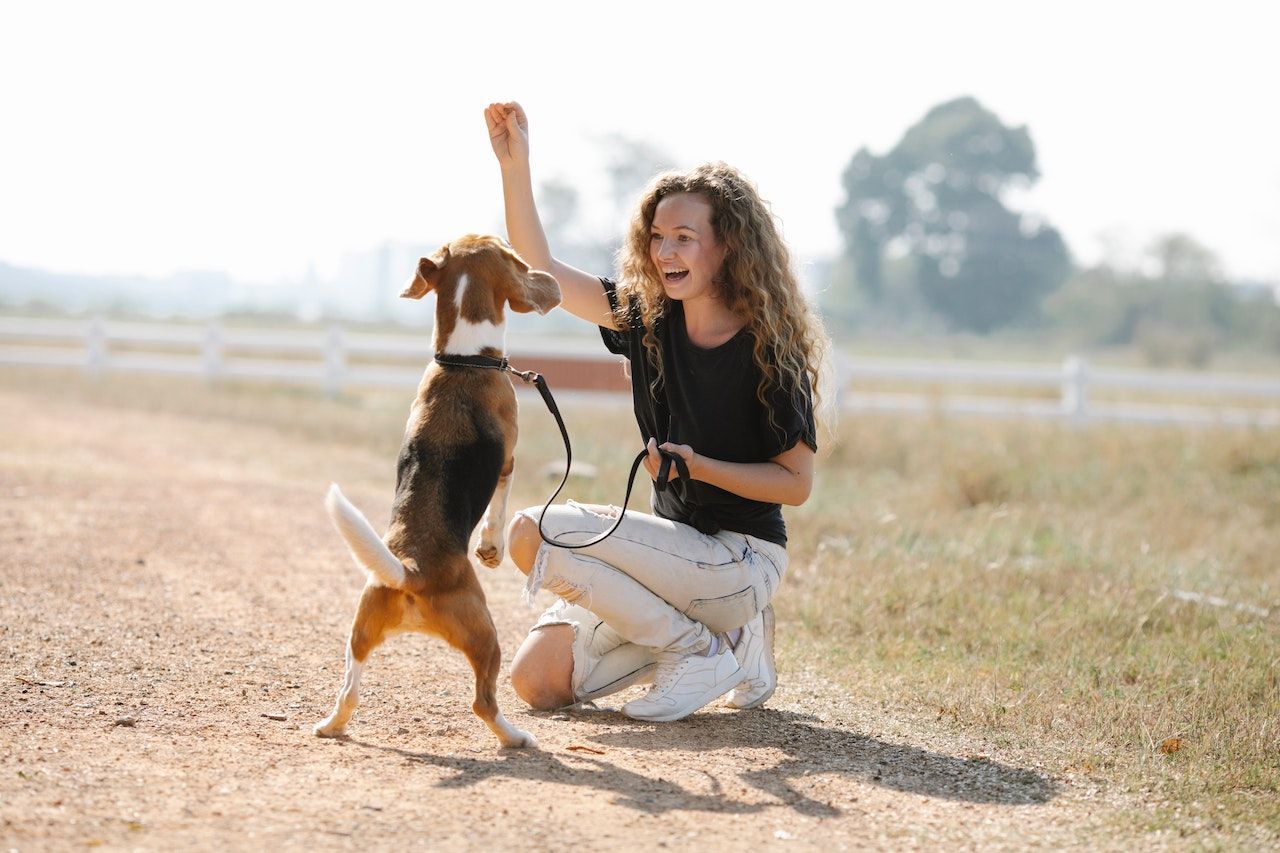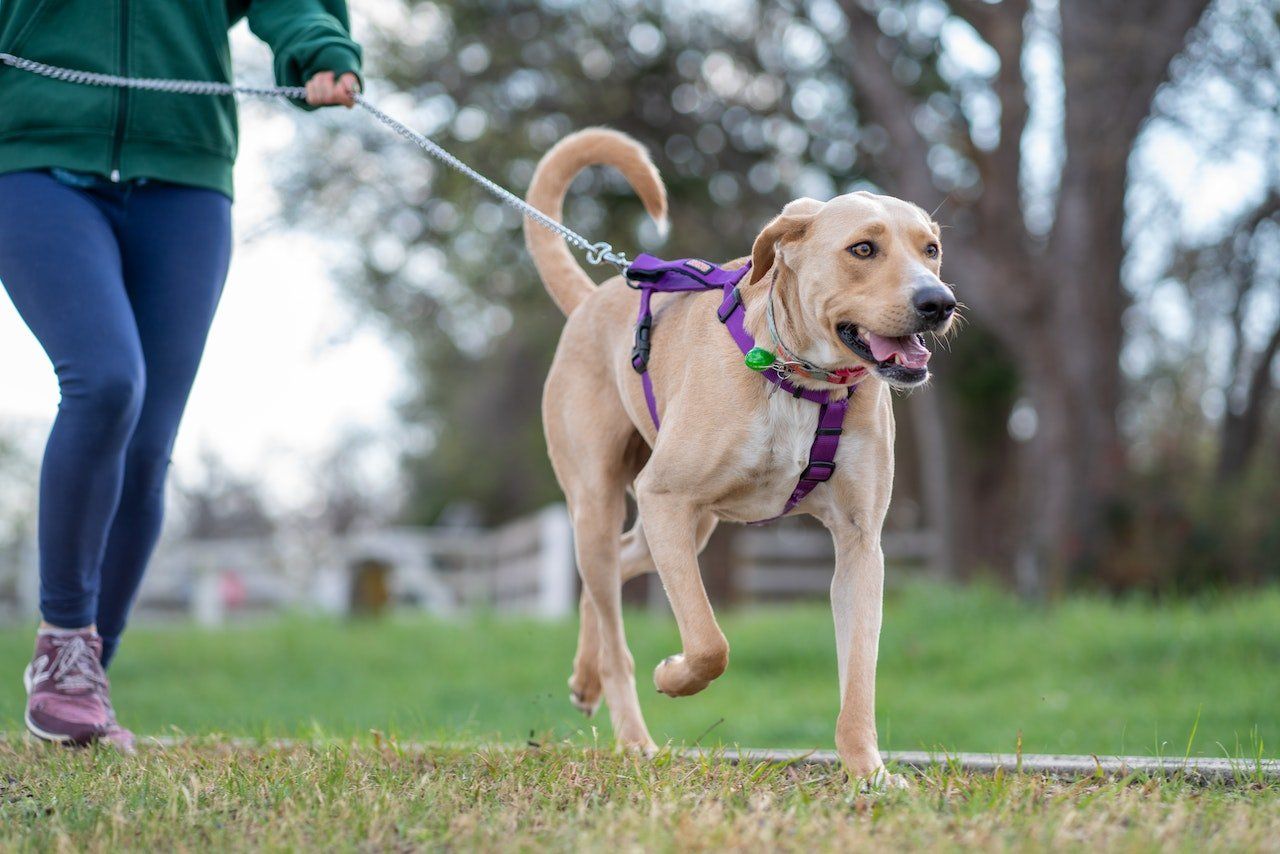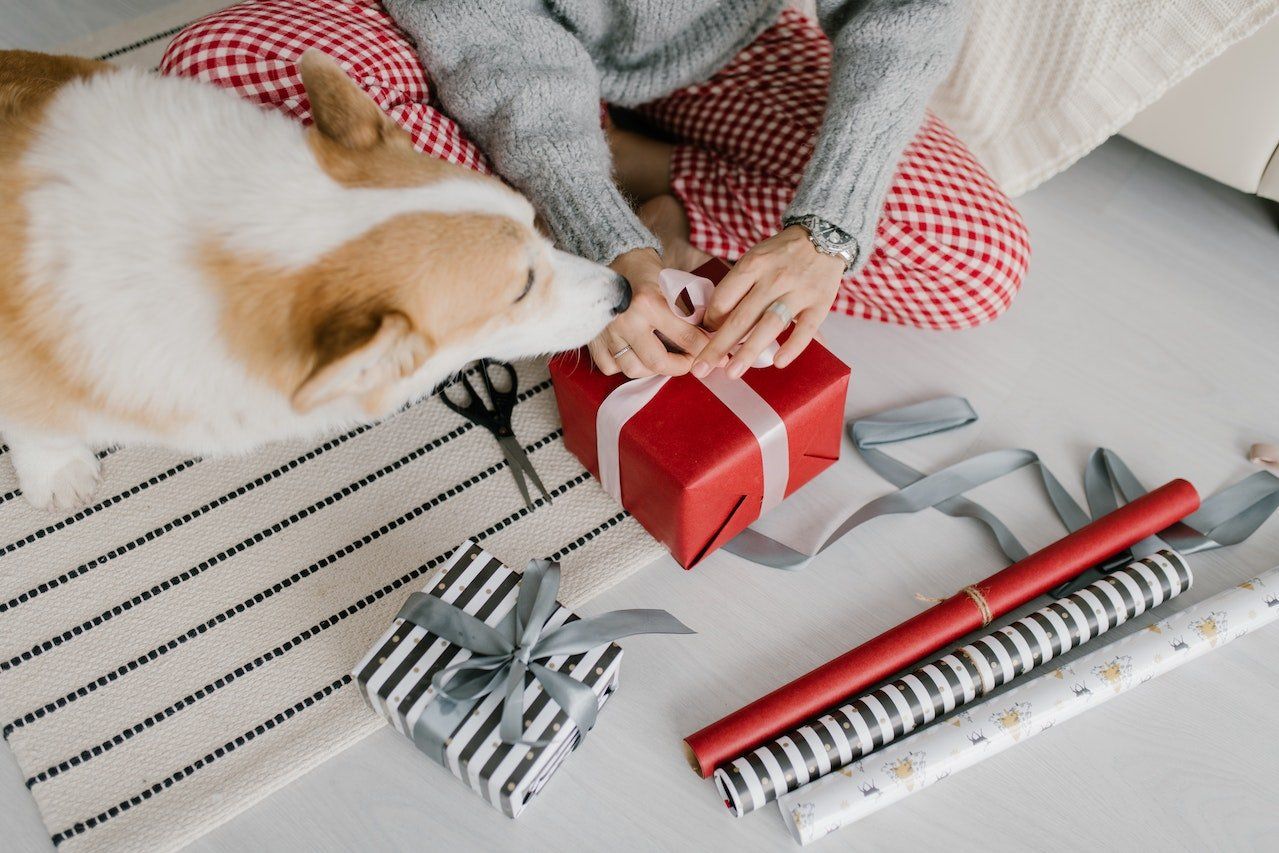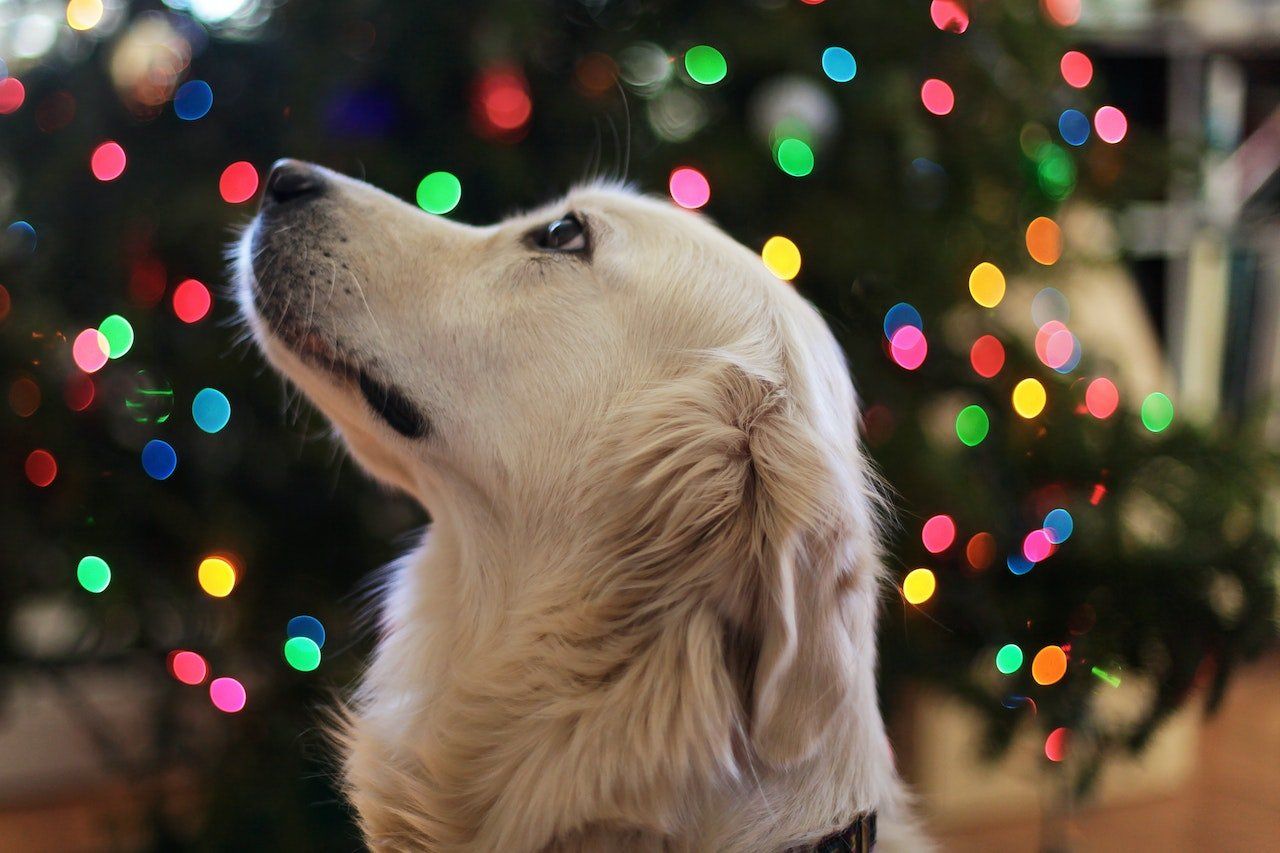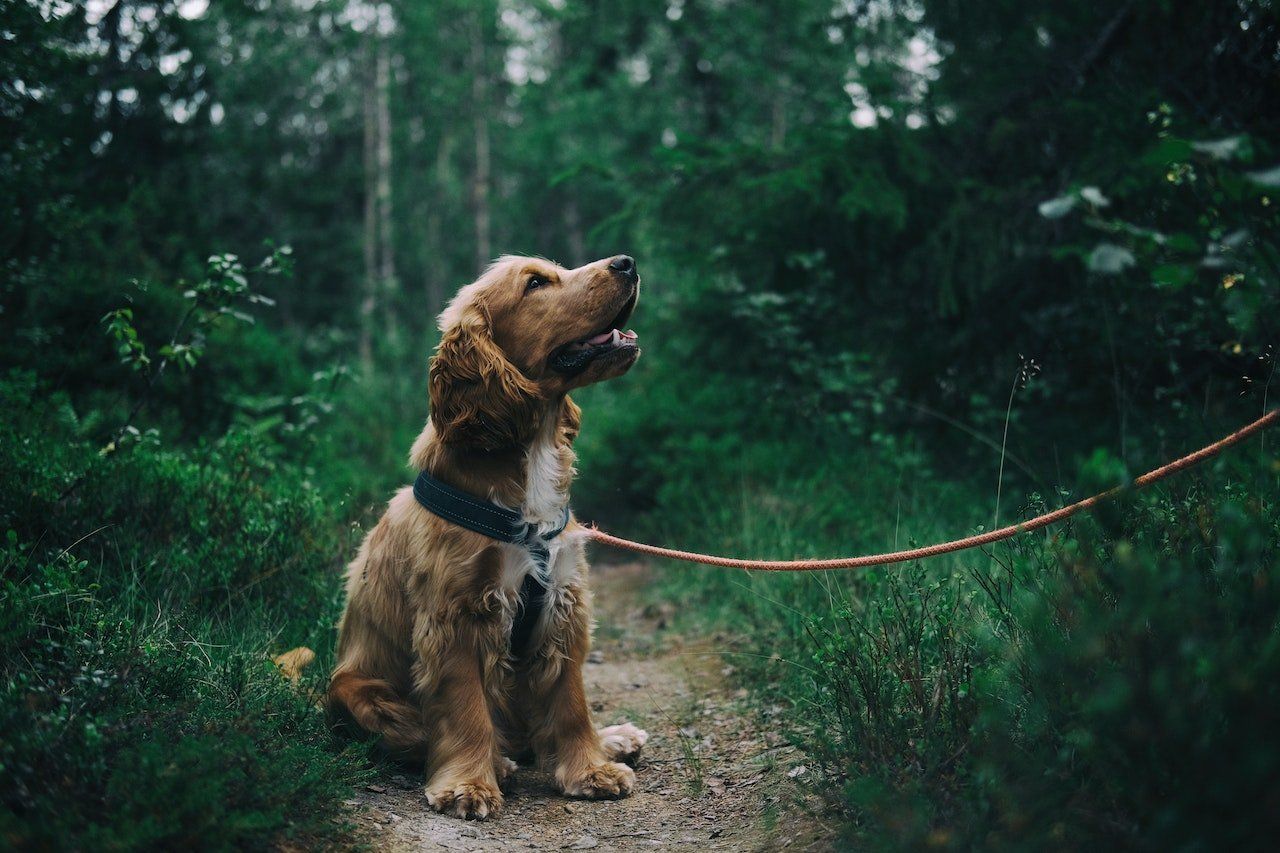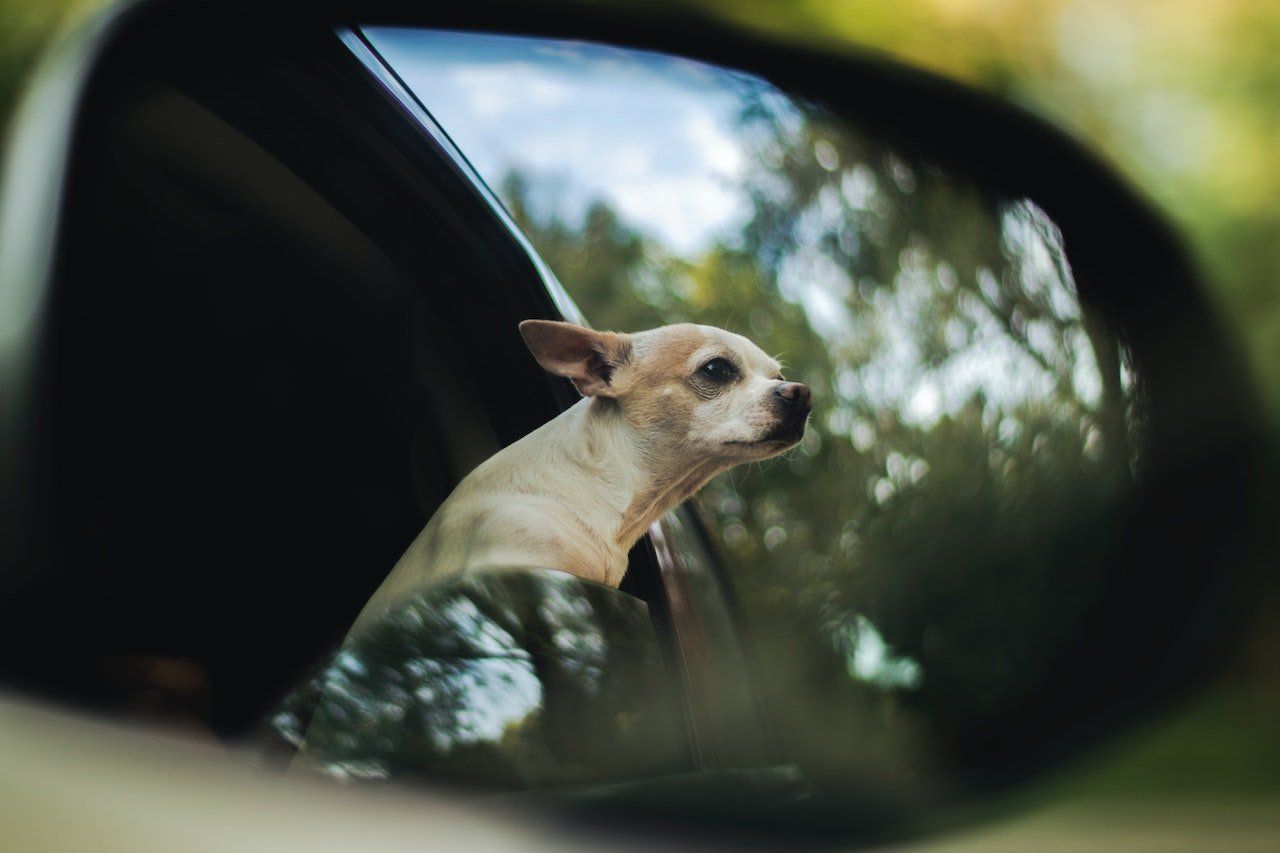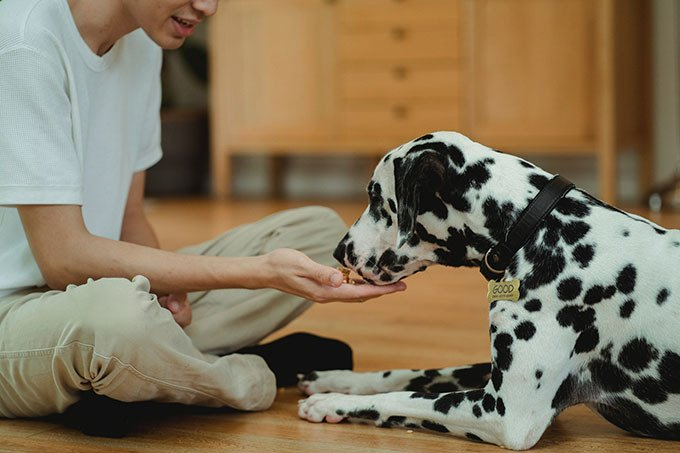Pet Safety 101: Toxic Plants & Herbs for Pets
Understanding Toxic Plants & Herbs for Pets
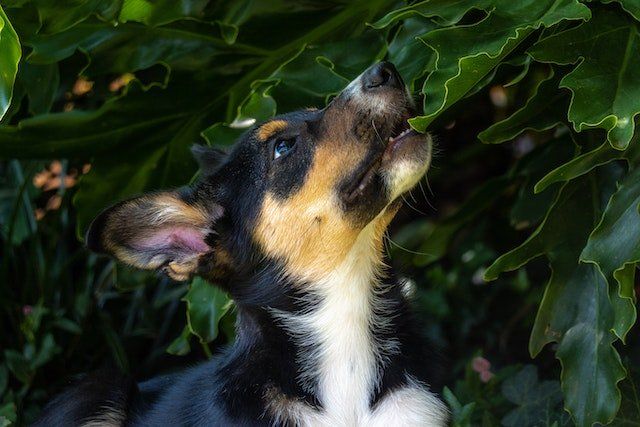
From our living room to our yards to the paths we take on walks, our homes are surrounded by a variety of plants and grasses. All of these plants have different smells and textures that can be appealing for our pets to explore. Rolling in the grass or smelling out a new flower can be harmless enough, but more often than not, our animals try to ingest this new “toy” they have found. Any plant or grass can cause stomach upset in our cats and dogs, causing nausea and vomiting. Some plants however are toxic for our pets to ingest and can be lethal. Be aware of the most common plants that can cause harm and how you can keep your furry friends safe from them.
Toxic Indoor Plants for Cats & Dogs
Bringing nature into your home through house plants is a great way to brighten your living space. Indoor plants help to add pops of color and a variety of textures to your décor. Many indoor plants are also very easy to care for, requiring very little care. What’s not to love about house plants? For pet owners, there can be plenty not to love about specific indoor plants. These are a few plants that can cause cats and dogs to become severely ill:
Aloe
Aloe, a multipurpose plant, is not only beautiful to look at but also provides a few medicinal benefits to humans. For us, the inner gel is usually considered non toxic and can help with cuts and burns. For animals, chewing the plant or exposure to the gel can cause diarrhea, vomiting and lethargy.
Jade (Money Plant or Lucky Plant)
Chewing on the leaves of these succulents can cause depression, loss of balance and vomiting.
Onions & Chives
Growing herbs inside is a popular new trend and can be convenient to use when cooking. These herbs as well as a few others can cause abdominal pain, nausea, vomiting and diarrhea in our dogs.
Philodendron
A very easy to grow houseplant high in calcium oxalate crystals. Ingestion of this plant can cause burns to the mouth and vomiting.
Toxic Outdoor Plants for Cats & Dogs
Whether you have a big beautiful garden or an eclectic collection of planted pots arranged along your porch, outdoor plants create a tranquil space and add to a home’s curb appeal. If you have a cat or dog that is mainly inside, you may not need to worry too much about which plants you choose for your front or backyard. If you have a pet that spends a lot of time outside with the family, then consider avoiding these plants in your garden:
Tulips
Ingesting the bulb of this spring blooming perennial can lead to diarrhea vomiting and burning of your cat or dog’s mouth.
Sago Palm
This commonly used ornamental plant is very poisonous to our pets. The sago palm contains the toxin, cycasin, which can cause severe liver failure. All parts of this plant are toxic.
Azalea
There are over 250 species of azalea and they are everywhere. These flowers can be lethal for dogs affecting their digestive tracts as well as their hearts.
English Ivy
Mildly toxic to dogs, english ivy can cause irritation to the mouth and the digestive tract.
Toxic Seasonal Decorative Plants (Indoor & Outdoor)
Fall Mums
Mums are in the chrysanthemum family and any plant in this family is toxic for your dog. If ingested, your dog may experience vomiting, diarrhea, drooling and incoordination. This plant can be lethal if high enough amounts are ingested.
Poinsettia
Poinsettias are a popular plant during the holiday season, used to decorate many festive tables. The white sap from this plant is only mildly toxic to dogs causing some extra drooling, vomiting and some diarrhea.
Mistletoe
Berries from mistletoe contain polysaccharides, alkaloids, and lectins.If ingested by our cats or dogs, they may experience abdominal pain, diarrhea and vomiting.
Lilies
Lilies are a popular and delicate house plant to have in the spring. Unfortunately lilies are one of the most toxic houseplants for cats and can cause severe liver failure.
How to Deter Your Pets From Eating Plants
You may opt to remove any toxic plants from inside your home or outside in your yard. If you love the plant and choose to keep them in or around your home, there are a few things you can do to deter your plant from exploring and ingesting them.
Provide Alternative Items of Interest
Keep your pet entertained! Give your cats and dogs plenty of things to do and explore to prevent them from interacting with your plants out of boredom. New toys and fun treats are one way to keep them engaged. Try using a pawnut butter inside of a rubber toy that your pet has to work at to get to. This presents them with a bit of a challenge and helps keep their brain engaged and motivated to get the reward.
Train Your Pet to Avoid Ingesting Plants
You can also try training your pet to see plants as a negative thing. Similar to keeping them off the couch and counter, let them know the plants are not “ok” to interact with. Use treats to reinforce good behavior. Consider using single ingredient treats that provide plenty of benefits vs treats that are high in processed ingredients and rough on stomachs. These treats will be used frequently when training your pet, it is better to have something that will be easy on their bellies.
Toxic Plant Awareness
If your cat or dog ingests a plant that you know to be poisonous, contact your vet as soon as you can. They will guide you through what actions you should take next. If your dog gets into a plant when you are out on a walk or at the park, take a picture of the plant. This can be helpful if your dog gets sick later. You can show your vet a picture of the plant to help them determine what may have caused their illness, and what steps they would like to take to get them better.
When planning on adding plants and grasses to your home, research each type that you are considering adding to see if it will be harmful to your plant. There are lots of options and alternatives for decorative plants.
In cases where it is not possible to substitute the plant, be proactive and provide alternative interests for your pet and train them to avoid your plants.
